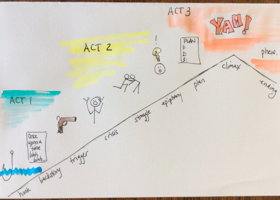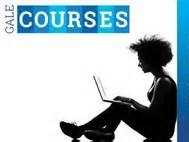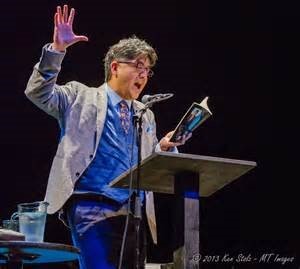 Like the stepping stones in the serene Japanese Garden at the Chicago Botanic Garden, storytellers recount tales moving through a series of classic plot points. The concept of plot stretches back to the earliest recorded histories: cave drawings, tribal tattoos, epic poems, plays and theatre. Plot is the weave of our history, ancestry, immigration and patriotism.
Like the stepping stones in the serene Japanese Garden at the Chicago Botanic Garden, storytellers recount tales moving through a series of classic plot points. The concept of plot stretches back to the earliest recorded histories: cave drawings, tribal tattoos, epic poems, plays and theatre. Plot is the weave of our history, ancestry, immigration and patriotism.
Some stepping stones, however, are not for walking. In the Japanese garden, only mental journeys travel from one side of this path to the other. The meticulously raked gravel rests undisturbed and in perfect harmony with the stones. No haphazard or careless footprints occur. There is no plot, only contemplation.
Somewhere, someone will accomplish great things. Books will capture the details, and schoolchildren will memorize the facts. Movies will be made. Who will be the hero of these next quests? You? Me? Unfortunately, the only quest in my future is surviving the commute, managing my “to do” lists and shuttling the offspring to cross country meets and back to college. Hence, for most, modern existence is one plotless mess.
Is that bad? In 1939, James Thurber captured the desire for greatness and the restlessness of our ego in “The Secret Life of Walter Mitty.” In the original short story, Mrs. Mitty instructs Walter to run two errands while she visits the hairdresser. Several fantastic dream sequences distract Walter, but he gets his overshoes and puppy biscuits. Walter is a sympathetic character, and the story is one hundred percent relatable. It’s “plotless us” in a six page story.
For fun, let’s forget everything we know about story structure and embrace the plotless story. Our story is big on character and less so on action. The story demonstrates a goal and a global theme. Plotless fiction progresses by conveying meaning, relationship, or an interpretation of memory. Unlike a story with continued rising action, this story structure waffles along the time horizon with possibly, if we’re lucky, some aspect of emotional change or growth. While fiction debates the power of the prose verses the strength of the story, film balances less plot, narrative, with more imagery and character.
For example, the film, Beasts of the Southern Wild, is essentially plotless, but excels in imagery, unique characters and powerful acting. The independent five year old protagonist, Hushpuppy, fails to achieve, accomplish, deliver or find anything. Instead, the film is a storytelling of her unique talents of listening to heartbeats, her strength to persevere and her disconnect between reality and her fictional southern Louisiana bayou called “The Bathtub.” The film begins with a folk tale about the Aurochs, feared and legendary for eating cave babies. In a perfect example of storytelling, the teacher points to her arm bearing a tattooed image of the beast. Conflict ensues with nature (storm), man (Wink, people behind the levee and the authorities) and self (the Aurochs). Yet, the film does not have a climax. It is more a “day in the life of Hushpuppy.” In those memorable days, a storm ruins her home, and her father, Wink, faces the ultimate life battle.
Popular culture perpetuates plotless story arcs. For example, the Moth Radio Hour on National Public Radio encourages storytellers to find a story where they have a stake. No stake means no story. These five minute true stories make the audiences laugh, cry and sigh. Many of the stories are meandering slices of life. For example, let’s examine these two moth stories: (Shakoor, 2012; Lane, 2014).
Satori Shakoor (“Point of No Return”) explores inner conflict in her desperate job search. I’ve listened to this story many times and never tire of the humor and fantastic delivery, but the story arc is plotless. She has a problem. The problem is not resolved.
As a native Texan, I would like to adopt Faye Lane and her adorable drawl into my family. When Faye tells of her mother’s beauty shop, I wonder if it could be the neighborhood beauty shop that operated across the street from my grandmother’s house in Temple, Texas. Faye Lane (“Fireworks From Above”) has strong thematic material in her mission to be kind and a goal, to bring individuals together through an emotional experience. Her flight attendant experiences, which individualize the group, are an emotional jackpot but not a plot.
Moth storytellers extract the emotional core of a story. Emotion is a highly volatile element on the storytelling periodic table. It cannot be sustained for long periods, which is why, plotlessness is successful on a small scale. A short story, a live storytelling and even an artsy film are great outlets for the plotless.




